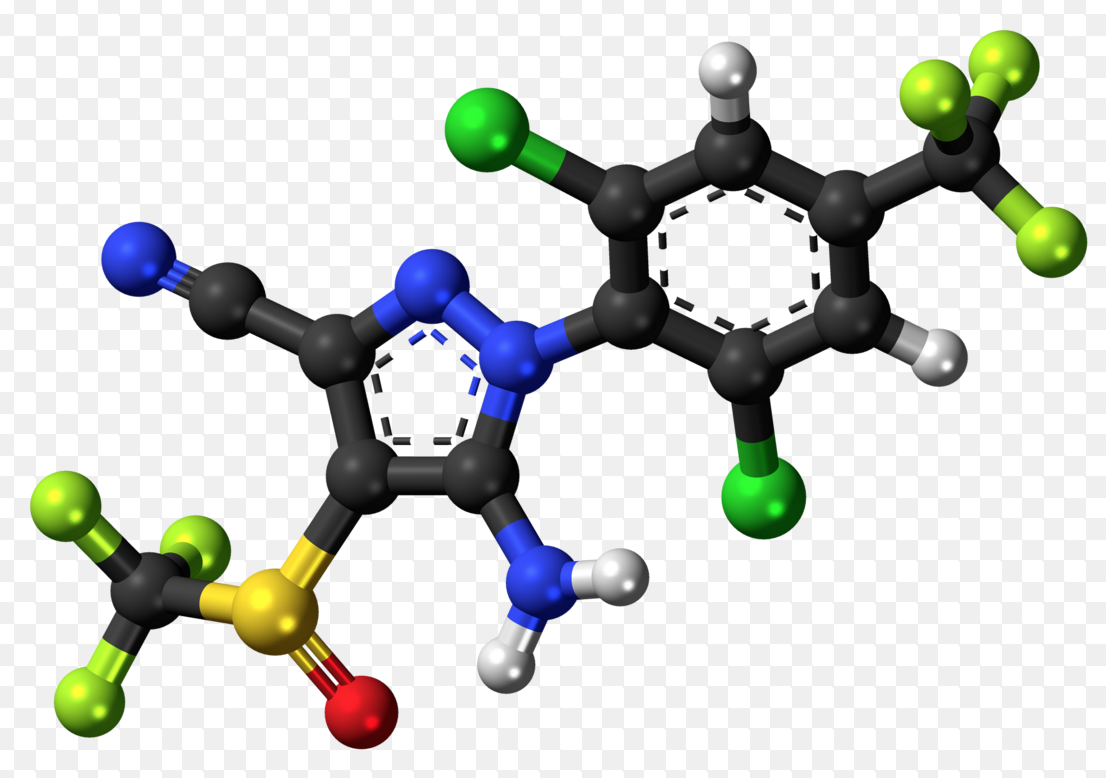Treating Termites With The Right Termite Pesticide
If you believe you may have termites in your home, it is important that you treat them with some type of termite pesticide as soon as possible. While your home will probably not collapse in the near future, if you do not treat termites and termite damage, it may eventually fall to the ground. To properly treat and exterminate termites, you will first have to identify the species, then find all the areas of infestation and damage and lastly treat the areas and exterminate all the termites. It is certainly possible to do all of this yourself, but depending upon the amount and type of infestation, you may be better off calling a professional exterminator.
Identifying The Type Of Termite
Which type of extermination method you use will depend upon the type of termite infesting your home? You must track down all of the termite infestation so that you know everywhere you will need to treat. To find the termites begin with a flat head screwdriver and a flashlight. Start tapping on everything in your home which is made of wood. This includes all floor and support beams, pillars, and even the furniture. Use the screwdriver to probe each area of wood to see if there is any damage or weakening. If the wood crumbles or falls apart, you may have termites. Check all around the areas of wood and look for mud trails or any mud on or within the wood. Termites can leave behind mud trails and bits and pieces of their wings. If you see any termites, check them closely and try and determine what type they are. If you are not sure, try and take a picture with your phone and then check online.
Two Types
There are two primary types of termites which are destructive to dwellings – dry wood and subterranean. Most of the termites found in the U.S. are subterranean.
Subterranean Termites
These insects may be found in both the soil around your home and in the wood of the structure itself. They may also be found in wood stacks, compost piles, and foundations. While common in the U.S. they are seen more often in the warmer climates. The insects build tubes about the size of a pencil all throughout the home and soil surrounding the house. They will typically do more damage than dry wood termites.
Drywood Termites
These termites are not seen quite as often in the U.S. as the subterranean but are primarily found in the Southwest, South, and along the Gulf Coast. Drywood termites do not need soil and can thrive quite well on wood alone. If you have cracks, joints, or crevices, dry wood termites can make themselves at home. Drywood termites inflict a different type of damage than subterranean termites. They create large chambers within the wood and then connect them with tunnels. They leave behind evidence of their presence with fecal pellets and wood pellets.
Treatment
Termite pesticides to treat both of these types of termites are available. Subterranean termites are generally treated in one of three ways. These are beneficial nematodes, cardboard traps, and boric acid. Any of these treatments will work with subterranean termites.
Drywood termites may be treated by either natural/organic or chemical termite pesticides. The safest methods are organic and include orange oil, portable microwaves, electrocution, and sunlight. Each of these methods can be very effective against dry wood termites.
If you have a really bad infestation, you may need ot use a termite bomb to ensure the entire colony is wiped out. These are a type of pesticide fogger which contain a termiticide. They are a chemical pesticide and should be used only when other methods are not successful.
Treating a termite infestation is possible. You need to identify the type of termite, where they are, and the right treatment method.
